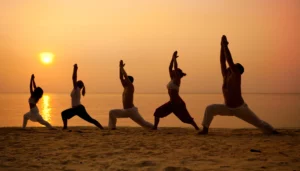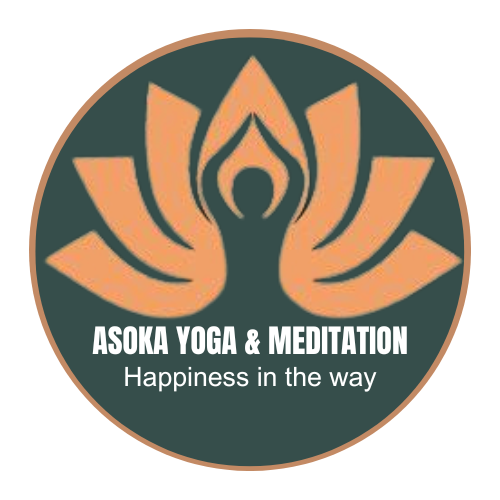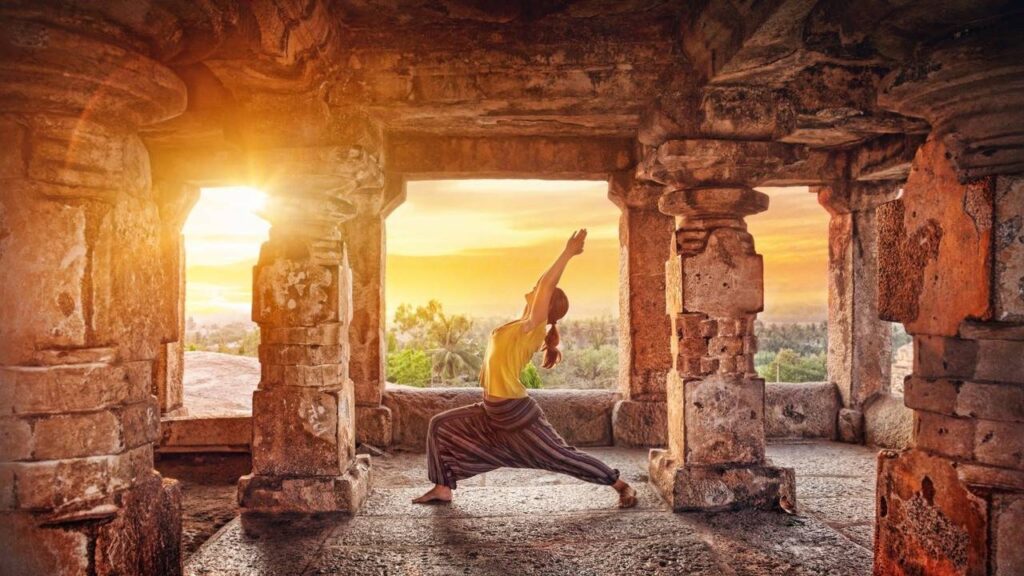Yoga’s evolution from ancient spiritual discipline to global wellness phenomenon is a fascinating tale of adaptation and preservation. This timeline reveals how yoga transformed while maintaining its core essence.
1. Pre-Vedic Roots (3000–1500 BCE)
-
Indus Valley Civilization: Archaeological evidence (seals depicting meditative figures) suggests early yogic practices
-
Shamanic Influence: Proto-yoga likely involved rituals for transcendence
2. Vedic Period (1500–500 BCE)
-
Rigveda Mentions: First written references to “yoga” as mental discipline
-
Upanishads Develop: Concept of uniting individual soul (Atman) with universal consciousness (Brahman)
3. Classical Yoga (500 BCE–800 CE)
-
Bhagavad Gita (300 BCE): Introduces karma, bhakti, and jnana yoga paths
-
Patanjali’s Yoga Sutras (200 CE): Codifies 8-limbed (Ashtanga) system still used today
4. Medieval Hatha Yoga (800–1700 CE)
-
Hatha Yoga Pradipika: Focus on asanas (postures) and pranayama to purify body
-
Tantra Influence: Views body as temple rather than obstacle to enlightenment
5. Modern Yoga (1800s–Present)
Key Figures:
-
Swami Vivekananda (1893): Introduces yoga to West at Chicago World’s Fair
-
T. Krishnamacharya (1930s): “Father of modern yoga” teaches BKS Iyengar, Pattabhi Jois
-
Western Adaptation (1960s+): Shift from spiritual to physical focus (power yoga, hot yoga)

6. Yoga Today: A $130 Billion Industry
-
Medical Integration: Prescribed for PTSD, chronic pain
-
Tech Fusion: VR yoga, AI posture correction
-
Controversies: Cultural appropriation debates, Instagram yoga trends
“Yoga is the journey of the self, through the self, to the self.”
— The Bhagavad Gita
Explore Traditional Yoga at our Hội An Heritage Retreats with:
-
Vedic chanting workshops
-
Ashtanga lineage classes
-
Ganges-inspired meditation
#YogaHistory #AncientWisdom #ModernPractice

